C.S.E. Cooney’s Jack of the Hills is Available Today
 Just to prove that Howard Andrew Jones isn’t the only Black Gate staff member with talent the size of a planet, we’re proud to announce that our website editor C.S.E. Cooney has published her book Jack of the Hills today through Papaveria Press.
Just to prove that Howard Andrew Jones isn’t the only Black Gate staff member with talent the size of a planet, we’re proud to announce that our website editor C.S.E. Cooney has published her book Jack of the Hills today through Papaveria Press.
Papaveria Press was founded by Erzebet YellowBoy. Along with The Winter Triptych by Nicole Kornher-Stace (also appearing today), Jack of the Hills is the first book in Erzebet’s new Wonder Tales line of elegant paperbacks.
Jack of the Hills is a collection of two celebrated tales, “Stone Shoes” and “Oubliette’s Egg.” It is 69 pages and available in print, epub and mobi editions.
Jack Yap once had his mouth sewn shut for talking too much. His brother Pudding has to wear stone shoes or he’ll just wander off. Will little obstacles like these keep the boys out of trouble? Not for the twinkling of an eye. There is magic in the hills, shapechangers and monsters, and Jack Yap has a hankering to meet them all and maybe kill a few. What he and Pudding find in the hills, however, changes both their lives, taking them out of the country and into the cruel and wonderful world, where witches and princesses await. Sometimes they are even the same person.
Here’s what Ellen Kushner, World Fantasy Award-winning author of Thomas the Rhymer, said about Jack of the Hills:
Stunningly delicious! Cruel, beautiful and irresistible are C.S.E. Cooney’s characters and prose. Just when you thought fantasy had devolved into endless repetition, ’Jack o’ the Hills’ blows us all over the next hill and into the kingdom beyond. C.S.E. Cooney is a rare and exciting new talent. Whatever she offers us next, I’ll waiting in line to read.
You can order your copy here.
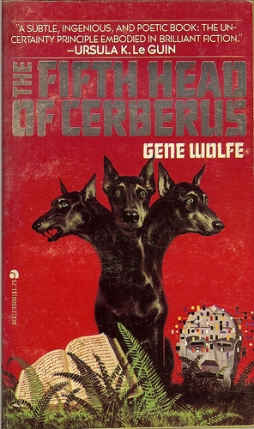 Reading The Fifth Head of Cerberus, I was struck by the way the book seemed eminently suited to the internet age. Never mind that it was written in the early 1970s. Like many of Gene Wolfe’s fictions, it’s a text whose nature is in harmony with the way the internet allows a text to be scrutinised; its depths, its meanings, its allusions — or at least some of them — can produce multiple readings, any of which can be valid, but which deepen the work as a whole the more of them you can think of and hold in your head at once. And can any one reader imagine as many different readings as a community of readers will produce?
Reading The Fifth Head of Cerberus, I was struck by the way the book seemed eminently suited to the internet age. Never mind that it was written in the early 1970s. Like many of Gene Wolfe’s fictions, it’s a text whose nature is in harmony with the way the internet allows a text to be scrutinised; its depths, its meanings, its allusions — or at least some of them — can produce multiple readings, any of which can be valid, but which deepen the work as a whole the more of them you can think of and hold in your head at once. And can any one reader imagine as many different readings as a community of readers will produce?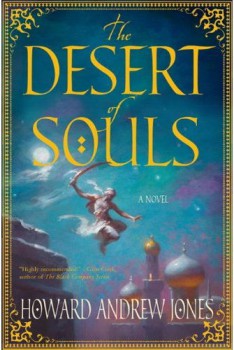
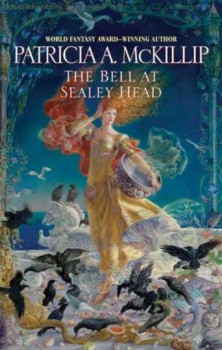 The Bell at Sealey Head
The Bell at Sealey Head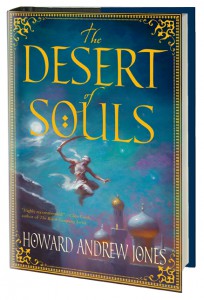
 “Noam Chomsky and the Time Box,” Douglas Lain’s lead story in the January-February
“Noam Chomsky and the Time Box,” Douglas Lain’s lead story in the January-February 
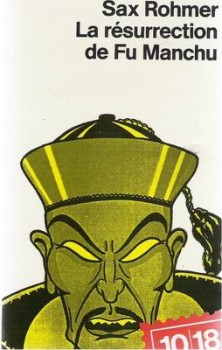

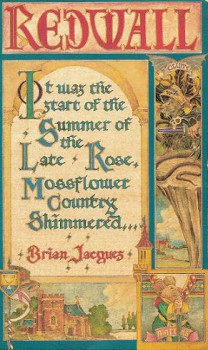
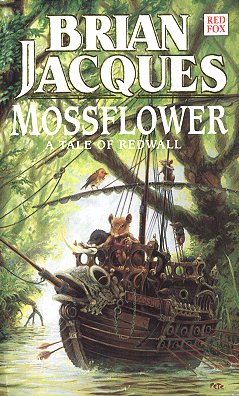
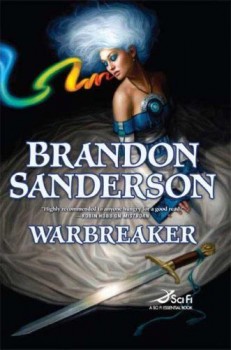 Warbreaker
Warbreaker